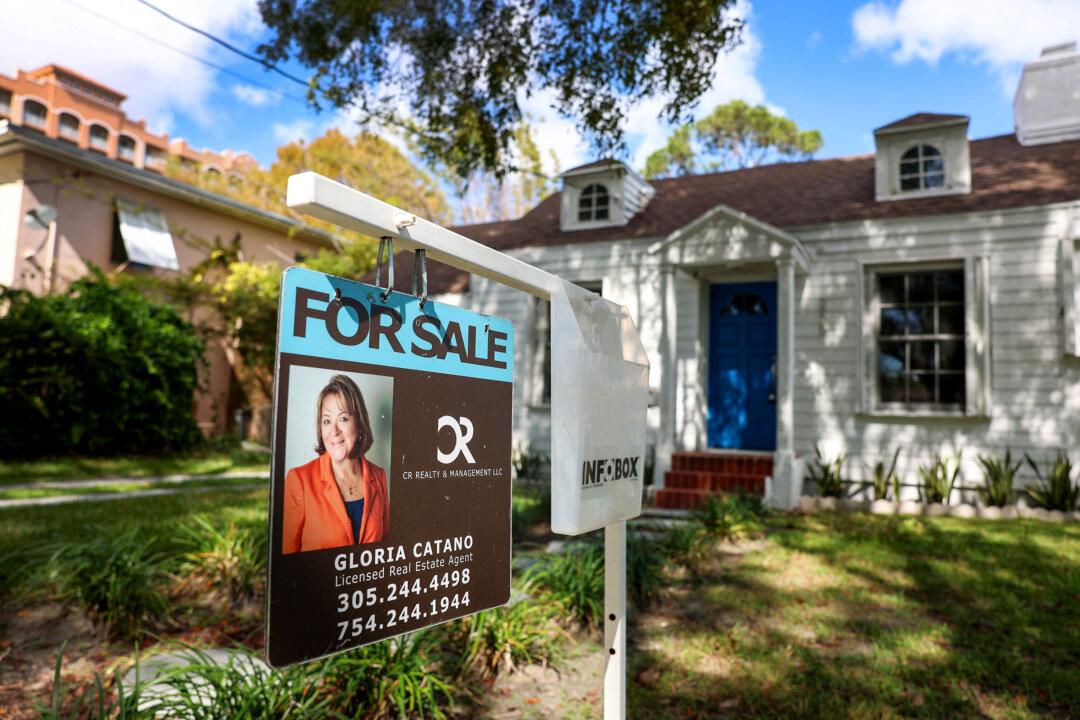Renters in North Dakota’s capital pay just 15.3 percent of their annual income on rent, and the city offers the 20th lowest median annual rent among the 180 cities included in the report. This compares to Miami, Florida, where residents spend about 33.5 percent of their income on rent.
Miami also earned the reputation of having the nation’s highest rents, according to this study. Apartments.com lists the average one-bedroom rental in Bismarck at $1,023, with an average 709 square feet of space. That same apartment would rent for $2,159 a month in Miami, with slightly less space at 692 square feet.
Sioux Falls, South Dakota, placed second for the nation’s most affordable rental cities, followed by Cheyenne, Wyoming; Cedar Rapids, Iowa; and Fargo, North Dakota.
In Sioux Falls, the average renter is paying 16 percent of his or her median income on rent, with an average rent of $951 per month for a 716 square-foot apartment. Cheyenne apartment dwellers pay on average 16.1 percent of their earnings on rent, with average monthly rents of $1,106 for 567 square feet.
Chip Lupo, a WalletHub analyst, told The Epoch Times that the Dakotas and Midwest still offer rental bargains, even though salaries tend to be lower in the major metropolitan areas.
“North Dakota’s annual media salary is $79,000, and South Dakota’s is $69,200. People who are looking for a lower cost of living, more space, and slower pace of life may find these areas the most economical places to live,” he said.
Those working remotely may fare even better by keeping their higher salary and reaping huge savings on apartment rents or home purchases, Lupo said.
“However, some of the larger corporations are now starting to implement cost-of-living adjustments for people who choose to relocate to more affordable states,” he said. “But even when salaries are adjusted to the local areas, people usually still come out ahead in saving on expenses.”
Lupo noted that many who move to areas like Bismarck or some of the other price-friendly locations on their list will often choose to rent first to get a feel for the area before diving into purchasing property.
“Those who have sold their homes in a more expensive market will have the advantage of savings in the bank, and can take their time in securing local employment,” he said.
On the other side, Newark, New Jersey, was named as the second most unaffordable U.S. city following Miami. Newark renters spend an average of 32.96 percent of their income on rental costs. New Haven, Connecticut, was ranked third, followed by Detroit, Michigan, and Glendale, California.
“Miami has continuously ranked as the most expensive city to rent due to several factors,” Lupo said. “It’s a popular retirement haven, plus it’s a national and international destination where you’re constantly competing with other buyers and renters.”
Top 5 Cities With Highest Homeownership Growth
Meanwhile, a Home Gnome report recently named the top five U.S. cities with the most homeownership growth in the last year, with three in the West and two in the Northeast. Kent, Washington, a smaller city in the Seattle-Tacoma-Bellevue metropolitan area, earned the top spot for growth in homeownership. According to Redfin, Kent’s median single-family home price is $670,000.Providence, Rhode Island, was next in line, followed by Mount Vernon, New York; Everett, Washington; and Ogden, Utah. The report indicates that these fast-growing cities are drawing buyers due to a mix of pricing, jobs, and livability. All five top cities experienced homeownership growth of more than 7.5 percent.
“The new trend seems to be that smaller and mid-sized cities saw a boost in the number of properties sold, while all of the major metro areas experienced declines,” Kimber Magerl, Home Gnome spokesperson, told The Epoch Times. Home Gnome is a home services provider firm, offering access to national home contractors.
Magerl noted that smaller cities tend to have less traffic, making navigation to neighborhoods, schools, and shopping areas much easier.
“Home prices in these areas typically run about 12 percent lower than those in larger metro areas,” she said.
The supply of homes in those cities also helped contribute to their affordability, the report states. It indicated that cities with a wider variety of employment opportunities can offer potential job candidates a larger playing field, as well as the ability to own instead of rent.
Only 81 cities in the ranking experienced positive homeownership growth; however, just 20 of them saw gains of less than 1 percent. Cities with high prices and rapid development, such as Frisco, Texas, and Irvine, California, saw double-digit declines in home-ownership rates. Expensive urban markets such as Chicago and Miami may also be contributing to the outmigration to smaller and mid-sized cities, Magerl said.
“Miami lost over 13 percent of homebuyers, and potential buyers are also leaving places like Austin, Texas, and many parts of Florida, where homes have become overly expensive,” Magerl said.
The top five cities experiencing the largest declines in homeownership—more than 16 percent—include Richardson, Texas, at the top, followed by Irvine, California; Frisco, Texas; Trenton, New Jersey; and Norwalk, Connecticut.
Ironically, Honolulu, Hawaii, was ranked within the top 10 high-growth cities, despite the state’s well-known high housing costs. Redfin listed Honolulu’s median single-family housing price at $630,000—$40,000 lower than the top-rated growth city of Kent, Washington.







